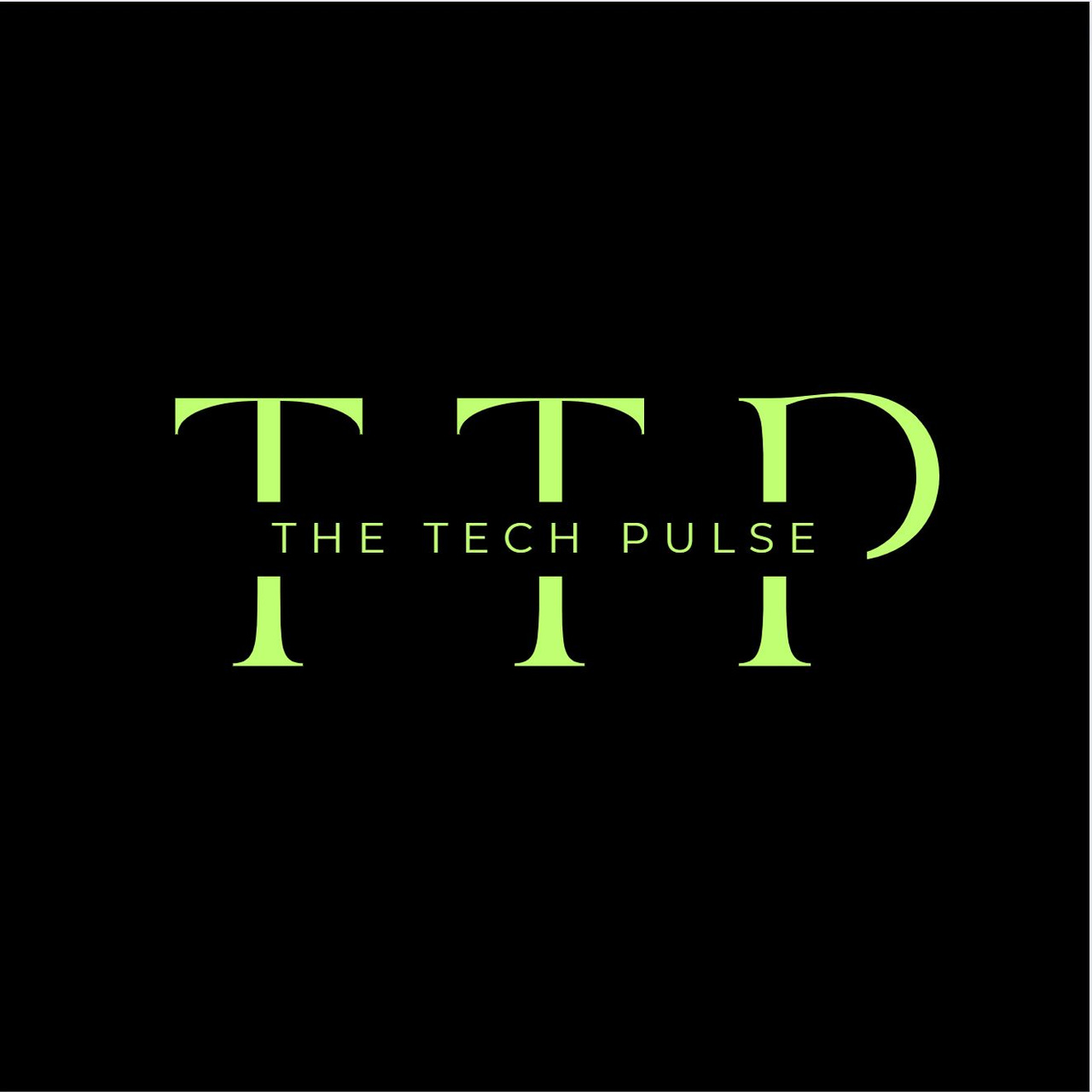TTP #1 - What next after DevOps? Meet MLOps
Learn the essentials of MLOps and stay ahead in the machine learning curve.
SUBSCRIBER NOTE: I migrated my newsletter from Beehiiv to Substack last week. In the future, you will be receiving The Tech Pulse newsletter from the Substack platform. You can also read my newsletters from the Substack mobile app and get notified when a new newsletter issue comes out.
Keep reading with a 7-day free trial
Subscribe to The Cloud Playbook to keep reading this post and get 7 days of free access to the full post archives.




